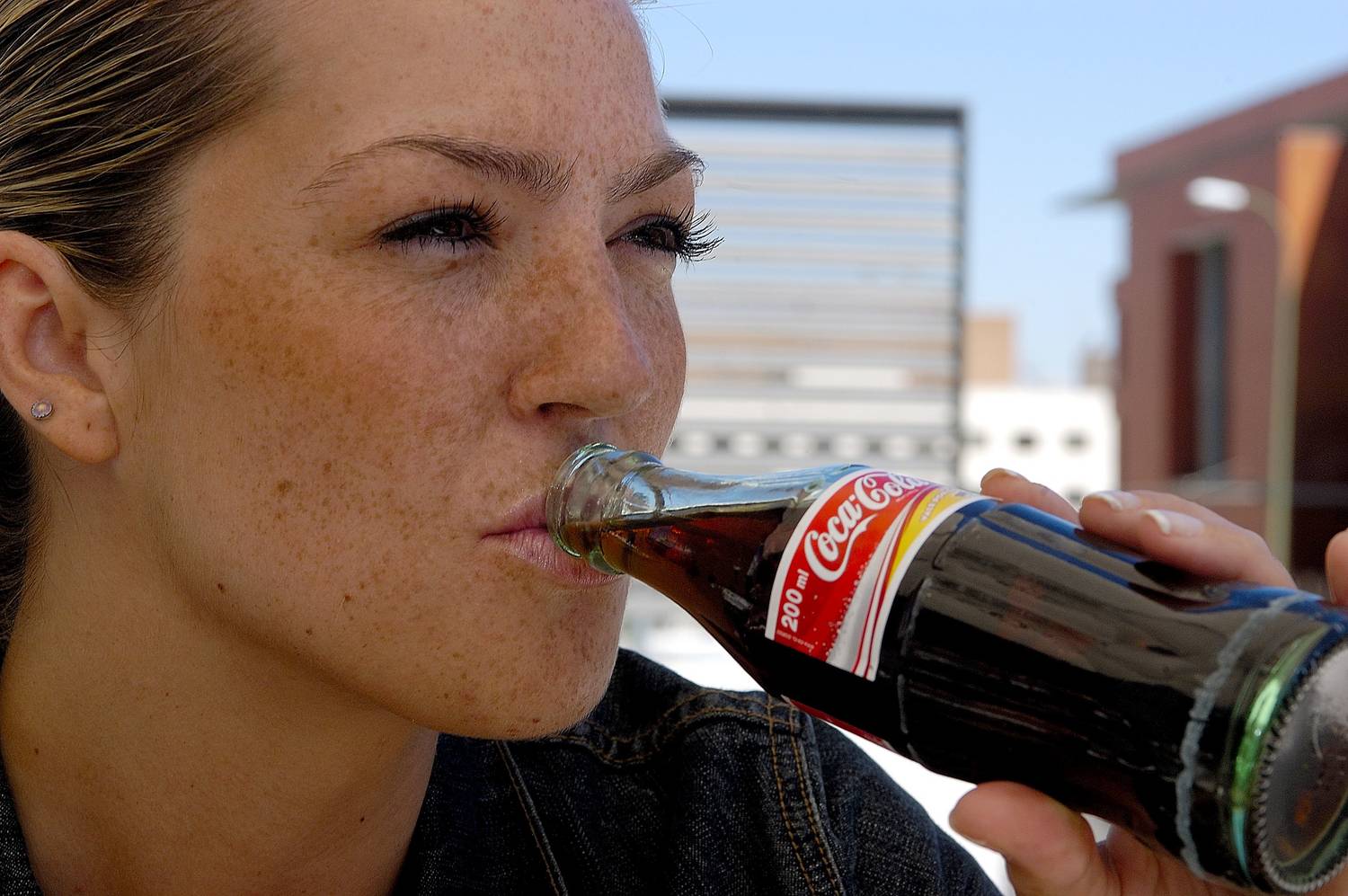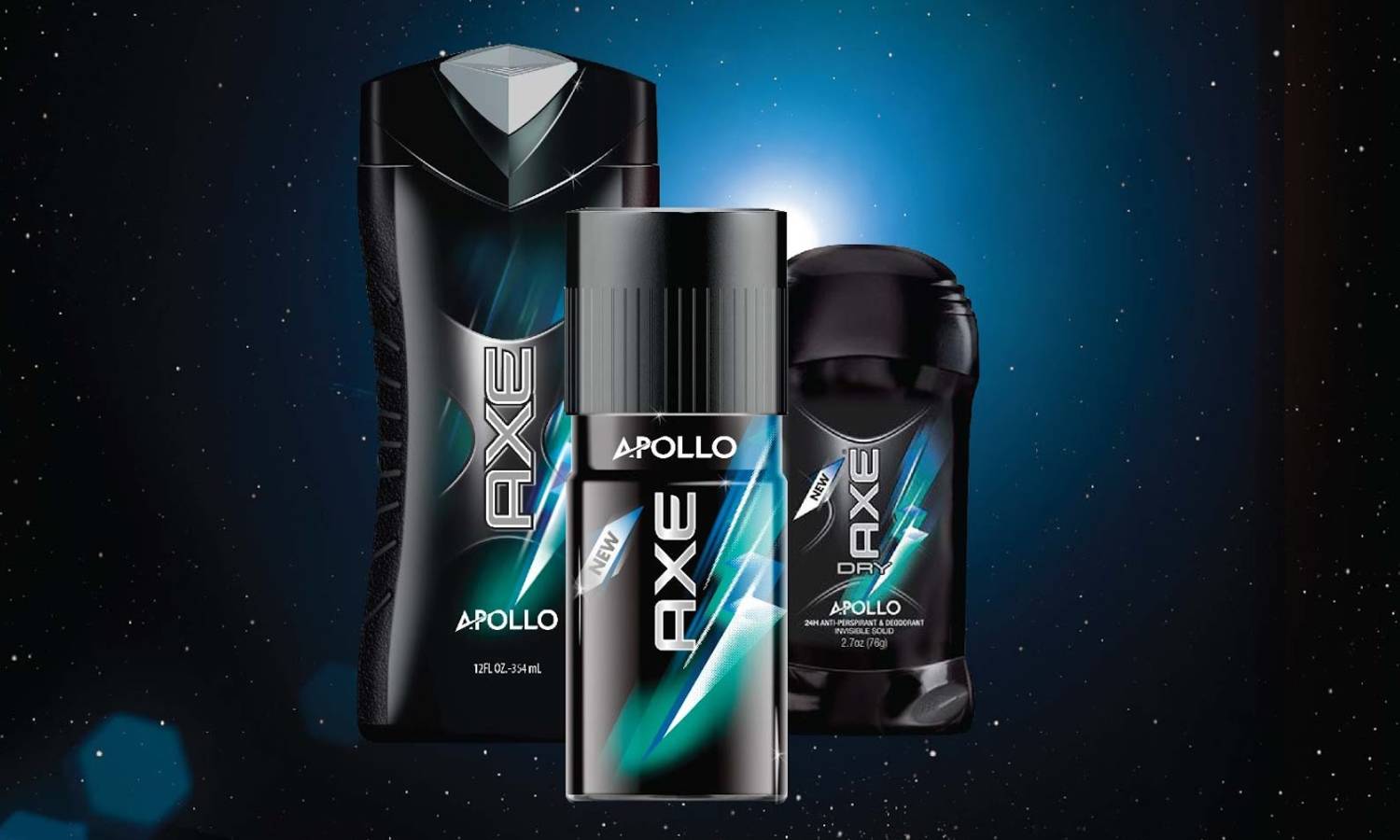Each of us has our own routine, our own way of starting the day. Some dive straight under the shower, to wake themselves up with the delectable scent of shampoo. Others may prefer to start the day putting something into their stomach. And, there are even those who leap up, jump into their trainers and go out jogging, just as the first rays of sunlight illuminate their part of the planet.
Whatever your choice, what’s most likely is that one of the first things your hand falls upon every day is packaging of some sort, be it a tube of toothpaste, a jar of coffee and box of biscuits, or a deodorant.
In truth, it is through packaging that brands really impact our every day lives. They surround us, touch us, approach or distance themselves from us. They tell us where to find what we want and allow us to feel confident that what we are about to eat is of the highest quality. It is the brand itself in the form of volume and texture, flavour and scent. You can touch it, hold it, smell it, play with it or even, put it in your mouth!
Packaging is an element of communication vital to any product brand. With only a small space at the point of sale, it has to compel love at first sight and generate love through coexistence. It must be a loyal companion, brighten up the everyday, without which nothing would ever be the same. It must command your trust, be enjoyed as company, teach you things, look after you, always be there at your side.
In short, packaging must make the best of its privileged position to convey the universe of the brand to the world of the consumer, bringing the two together in a unique and personal experience. It is the best way for a brand to generate a true brand experience, without expecting the consumer to take the initiative.
But, the question is: Just how does one go about building brand experience through packaging?



